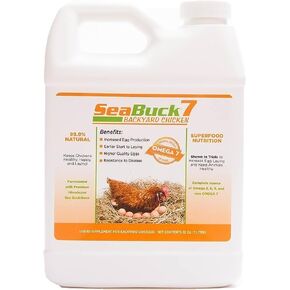- Shopping, made easy.
- /
- Get the app!
Cuttlebone for birds: When your bird playfully pecks at its cuttlebone, the "bone" helps polish its beak by removing outer layers, and it even provides a source of calcium when ingested. For birds, the value of cuttlebone has several aspects. If your bird ingests some of it, they benefit from the calcium found in cuttlebone. In addition, the act of playing and nipping at a cuttle bone serves to polish a bird's beak and helps remove scaly layers that build up over time. Finally, cuttlebones offer an object of play and exercise for birds. Not all birds use cuttlebone, but for those that like them, cuttlebones can be a healthy interactive item for the cage or play gym. A cuttlebone enriches the cage with another object and another texture. Bird cage accessories - a perfect treat and bird cage accessory and replace a grinding stone and a block. Cuttlebone for tortoise: Tortoises given cuttlefish bone are less likely to get developmental shell conditions, such as soft shell, pyramiding, and shell rot. Also, cuttlefish gives tortoises something abrasive to grind down their beaks. Without enough calcium in their diet, tortoises are at risk of developing illnesses, such as metabolic bone disease. Tortoises need sufficient vitamin D3 from UVB light for them to absorb calcium. Cuttlebone for turtles is a perfect choice as a tortoise accessories in the auqarium - cuttlebone aquarium. Hermit crabs also like the cuddle bones. Cuddlebone can be used next to regular food. We suggest 100% natural cuddle bone. Cattle bones are perfect tortoise habitat accessories. Feed them as whole, crushed, or grinded into cuttlebone powder or calcium powder. Cuttlebone for snails: Cuttlefish bone for snails is important because the cuttlefish bone provides calcium for snails. Species: Giant African snails, Ghana Tiger snails, and many more. Species: Reptiles, African Gray parrot, Lizards, Quaker, skink, eublepharis macularius, parrotet, crested gecko, red eared slider
 -36%
Chick'N Electrolyte for poultry
KWD 7
-36%
Chick'N Electrolyte for poultry
KWD 7
 Nekton-E Vitamin E Supplement for Birds, 35gm
KWD 6.500
Nekton-E Vitamin E Supplement for Birds, 35gm
KWD 6.500
 SeaBuck 7 Chicken & Bird Supplement with Sea Buckthorn to Improve Egg Quality (1-Month Supply for 20 Chickens) – Earlier Laying, Egg Production Booster & Higher Quality Eggs
KWD 12.500
SeaBuck 7 Chicken & Bird Supplement with Sea Buckthorn to Improve Egg Quality (1-Month Supply for 20 Chickens) – Earlier Laying, Egg Production Booster & Higher Quality Eggs
KWD 12.500
 (3 Pack) Marshall Furo Tone Vitamin Supplement for Ferrets, 6-Ounce each
KWD 12
(3 Pack) Marshall Furo Tone Vitamin Supplement for Ferrets, 6-Ounce each
KWD 12